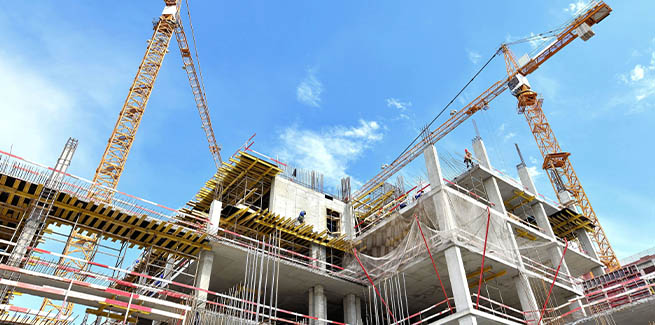According to the Australian Bureau of Statistics (ABS), there were 15,487 approved dwellings across the country during the month of May, which has continued a steady fall since February 2021 when 20,635 buildings were approved during the height of the pandemic.
This fall marked a 23.4 per cent decline over the year from May 2022.
Of the total dwellings approved, 9,808 were house marking a 0.5 per cent falls, which followed a 0.8 per cent fall in April.
Building approvals dropped across most states with the biggest falls felt in Northern Territory (3.7 per cent), Victoria with a 2.8 per cent fall, Tasmania saw a 2.5 per cent drop, NSW (down 2.2 per cent), and the ACT (2.1 per cent).
Skipping the trend was Western Australia that saw an increase of almost 2 per cent (1.9 per cent), Queensland saw an uptick of (0.8 per cent), and South Australia increased by 0.4 per cent.
The results come as the building industry struggles to meet demand, given escalating price rises, which have caused several companies to close their doors.
The housing industry of Australia said despite some volatility in the market detached house approvals continue to be elevated compared to pre-COVID levels.
Senior economist Nicholas Ward said new work is entering the pipeline that will continue to keep home builders busy into 2023.
However Mr Ward said renovation activity remained elevated.
“While the value of renovations approved fell by 1.8 per cent in the three months to May 2022, it is 38.9 per cent higher than the same three months in 2019,” he said.
“At the end of 2021, there were 75.7 per cent more detached homes under construction than at the end of 2019.
“Activity in 2022 shows the rate of new home building and renovation activity remains strong which will assist in delaying the adverse impact of rising interest rates on building activity, and therefore on the wider economy.”
In addition home lending commitments took a turn in May with the value of new home loan commitments increasing by 1.7 per cent to $32.4 billion in May 2022, after a 2.8 per cent drop in April.
Investor loan commitments also rose 0.9 per cent to $11.18 billion in May, following a fall of 4.8 per cent in April – which broke nine consecutive months of growth.
“This points to more supply of rental homes in the future,” Mr Ward said.
[Related: Home loan commitments increase after April tumble]
 ;
;
